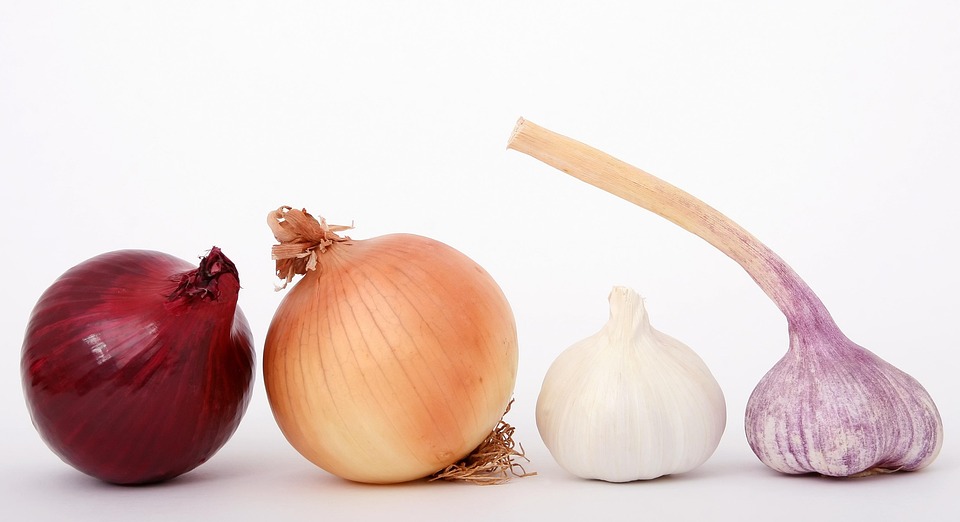In the culinary world, innovation often arises from the unexpected marriage of flavors. The recent trend of sweet and savory combinations has captivated food enthusiasts and chefs alike, pushing the boundaries of traditional cuisine and inviting adventurous palates to explore new horizons. From upscale restaurants to home kitchens, these unique pairings have become a defining feature of contemporary dining.
The Allure of Contrasting Flavors
For centuries, culinary traditions have developed frameworks for flavor profiles—yet the juxtaposition of sweet and savory has long enchanted the human palate. The magic lies in their contrast; sweetness enhances depth, while savory notes add complexity. Think of classic pairings like bacon-wrapped dates or glazed ham, where the interplay of flavors elevates the dish to a new level of deliciousness.
Proponents of this trend argue that it’s not just about taste; it’s about experience. The contrast can evoke a nostalgic response or a sense of surprise, making each bite an adventure. Culinary experts assert that such combinations stimulate the palate in ways that more conventionally paired flavors might not.
Popular Pairings and Inspirations
-
Fruits and Meats: Items like pineapple on pizza, duck à l’orange, or steak with a balsamic reduction highlight how well proteins can complement sweet elements. The natural sugars in fruits intermingle with savory profiles to create a balanced dish.
-
Spiced Desserts: Ingredients like black pepper, chili, or sea salt have begun to find their way into ice creams, chocolates, and cakes. The kick of heat or the crunch of salt contrasts beautifully with the creaminess and sweetness of desserts, resulting in a multi-dimensional taste experience.
-
Savory Breakfasts: The rise of dishes such as avocado toast drizzled with honey or pancakes served alongside bacon and maple syrup encapsulates the breakfast scene’s evolution. These combinations have turned conventional morning meals into culinary celebrations.
- Asian Fusion: Cuisine from regions like Thailand and Vietnam often marry sweet and savory elements seamlessly. Dishes like pad thai, which combines tamarind paste (sweet) with fish sauce and lime (savory), showcase the cultural significance and balance of flavors.
The Science Behind It
Research in food science suggests that our taste buds are wired to embrace complexity. The sensory interplay between sweet and savory triggers pleasure centers in the brain, making us more inclined to savor unusual combinations. Moreover, texture plays a vital role; the crunchiness of a caramelized topping on a savory dish can evoke layers of enjoyment that engage multiple senses.
The Creative Chef’s Playground
As chefs experiment with sweet-savory combinations, the artistry of presentation also becomes crucial. A plate that tells a story—defined by color, texture, and aroma—can enhance the overall dining experience. The visual appeal of a beautifully plated dish encourages diners to engage with their food, often leading to shared experiences and conversations about flavor.
Catering to Dietary Trends
The rise of plant-based diets has also influenced the sweet-savory movement. Ingredients like roasted vegetables paired with fruit purees or nut-based sauces contribute to a unique dining experience, showcasing how one can enjoy complex flavors without relying on traditional proteins. As sustainability and health consciousness are prioritized, the harmonious blend of sweet and savory offers exciting options for all diets.
Conclusion
The future of food lies in the exploration of unexpected combinations. Sweet meets savory is not merely a trend but a celebration of creativity and innovation in the culinary arts. As both home cooks and professional chefs continue to experiment fearlessly, diners are invited to expand their palates and indulge in this delicious frontier of flavor combinations. The kitchen is no longer confined to rules; it’s a realm of adventure where each meal can become a new discovery waiting to be savored.


